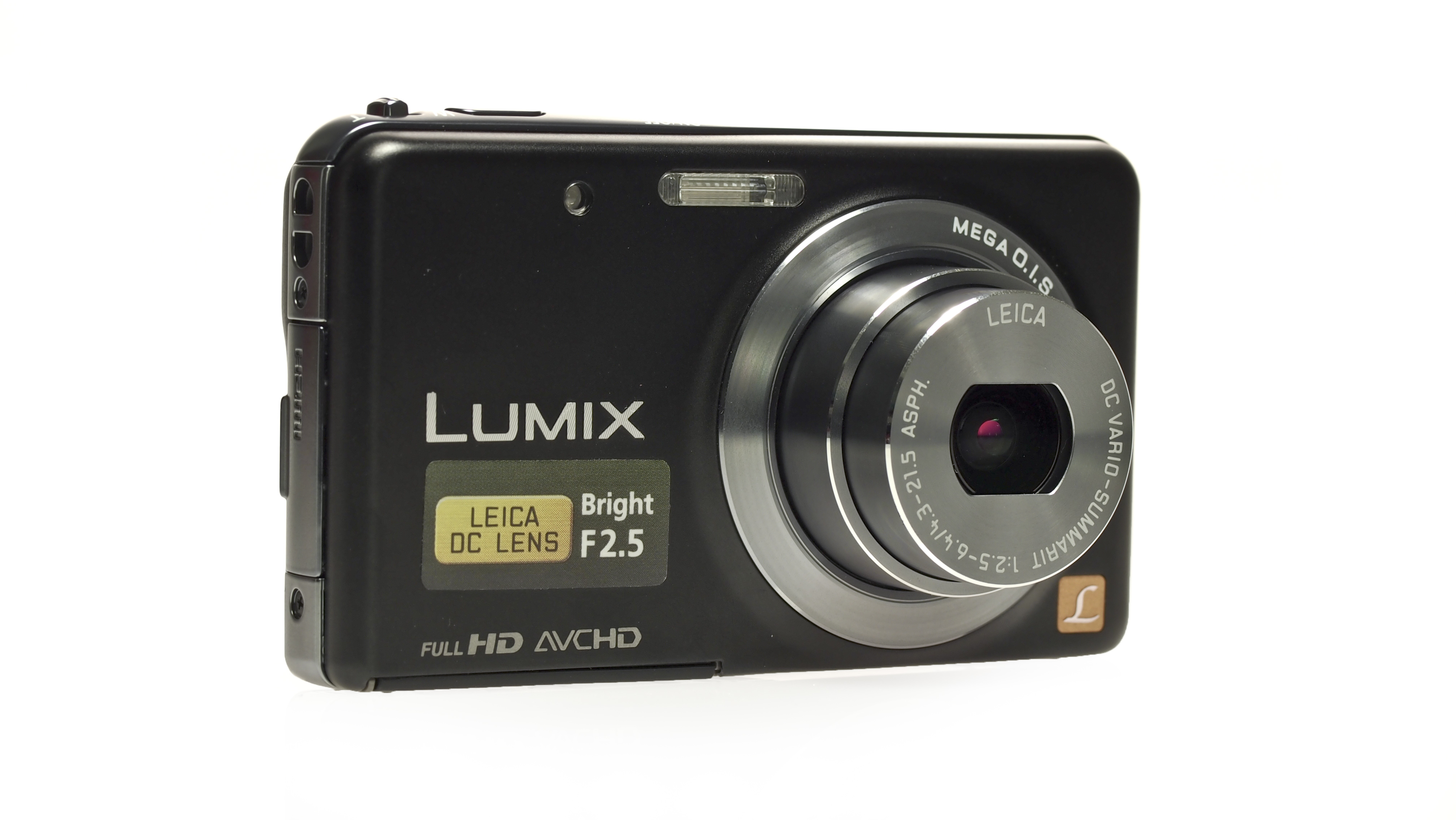TechRadar Verdict
Pros
- +
Easy to use
- +
Slim, sturdy body
- +
Wide and bright lens
- +
Full HD video with stereo sound
- +
Touchscreen
Cons
- -
Touchscreen unresponsive
- -
Low resolution screen
- -
Poor dynamic range
- -
No manual control
Why you can trust TechRadar
The Panasonic Lumix FX80 is an easy to use premium compact camera that boasts a bright wide angle Leica lens, Full HD video recording with stereo sound plus a 3-inch touchscreen.
The 12 megapixel camera features a very slim body, optical image stabilisation, a host of creative filters and can capture 3D images for viewing on a 3D TV.
The Panasonic FX80 also has a 5x optical zoom that extends from the equivalent of a wide 24mm with a usefully large maximum aperture of f/2.5, to 120mm where the maximum aperture is a much less impressive f/6.4. However, during video filming the widest setting reduces from 24mm to 28mm.
The camera's 12 megapixel CCD sensor and processor combination is also capable of 3.7fps continuous shooting. In addition, the Panasonic Lumix FX80 features intelligent noise reduction.
Panasonic describes the Lumix FX80 as "a serious photographic proposition in a tempting wrapping, technically highly proficient, yet easy to use." Helping to make the camera simpler to use are automatic ISO control and intelligent scene selection and exposure settings.
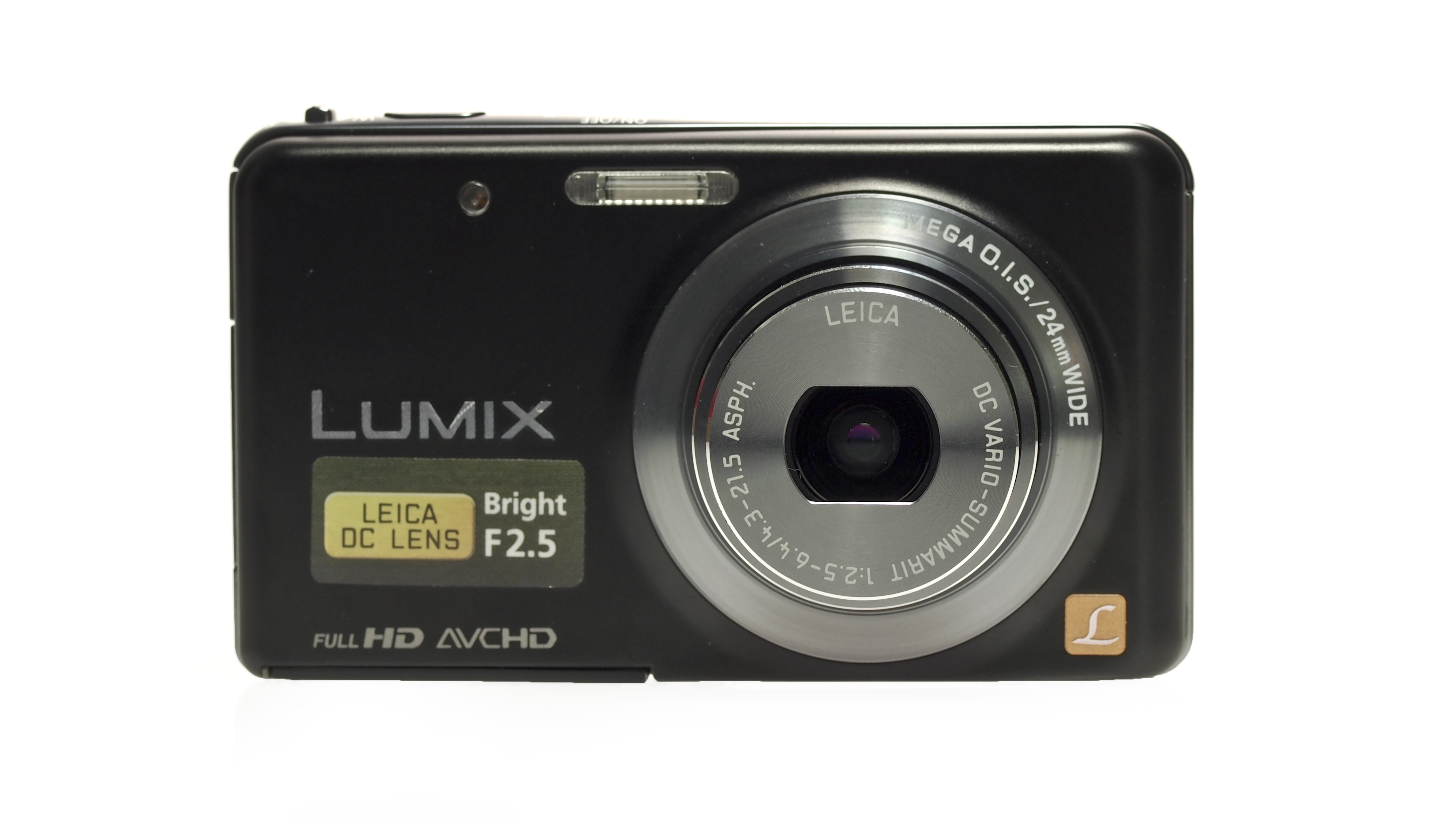
The company adds that the Panasonic FX80 suits those who are looking to upgrade from a camera phone that retains camera phones' intuitive controls. The 3-inch touchscreen additionally enables touch autofocus and touch shooting.
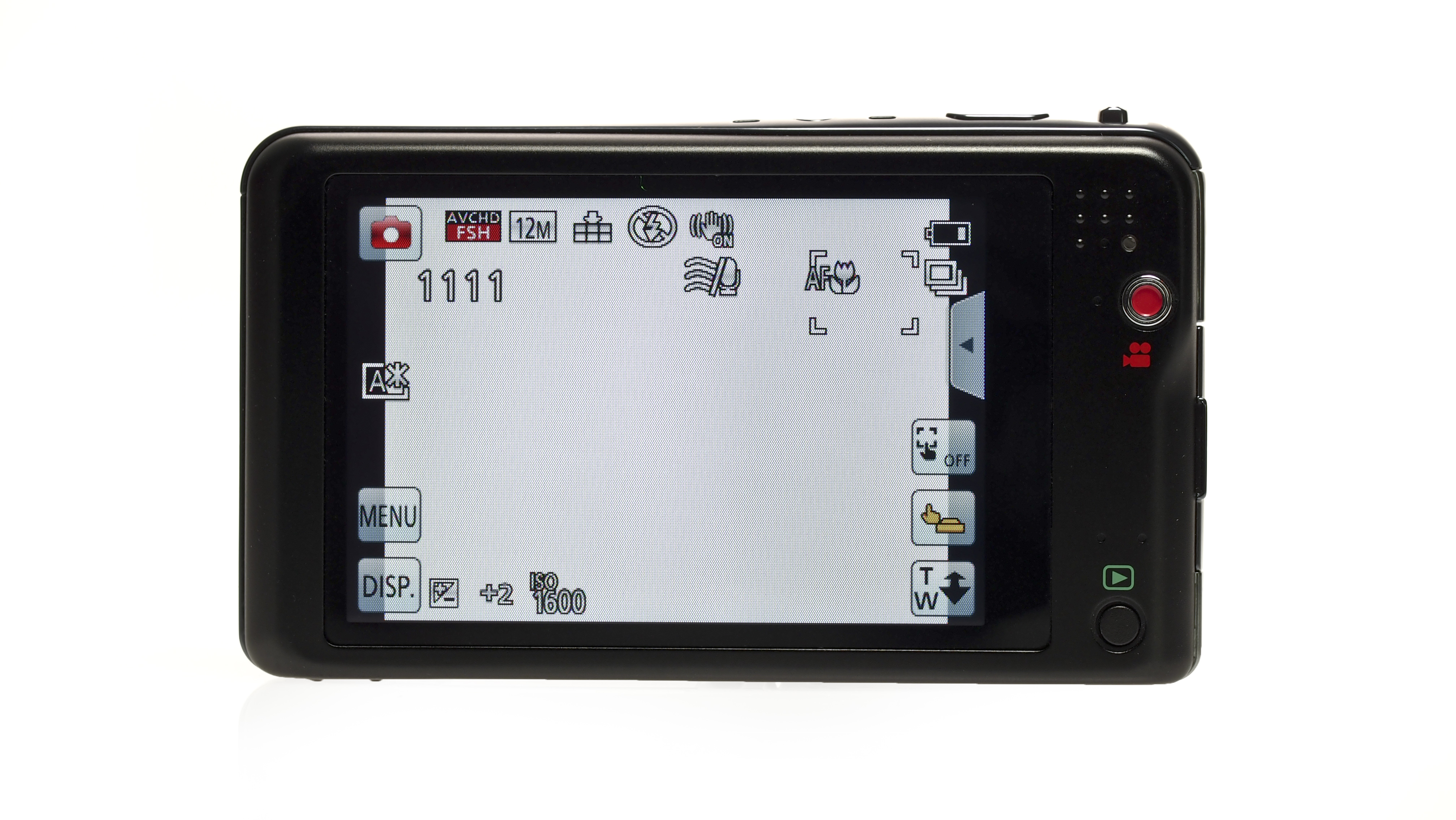
However, thanks to its reliance on automatic modes, the Panasonic Lumix FX80 has little to offer photographers who want any manual control over images.
The Panasonic Lumix FX80 has a recommended retail price of £231 (around $362) in the UK and is currently available to buy online for around £190 (around $298). This puts it way below bigger, better brothers the Panasonic Lumix DMC-TZ30 and Panasonic Lumix DMC-3D1, and at a similar price point as the Ricoh CX6, Pentax Optio VS20 and Olympus SZ-14.
Build quality and handling
The Panasonic Lumix FX80 features a petite but sturdy metal chassis. Despite Panasonic's claims that it is "seductively stylish," the FX80 has a fair plain, nondescript design, although it seems very well built. Due to the body's small size and smooth finish, it isn't the easiest camera to grip.
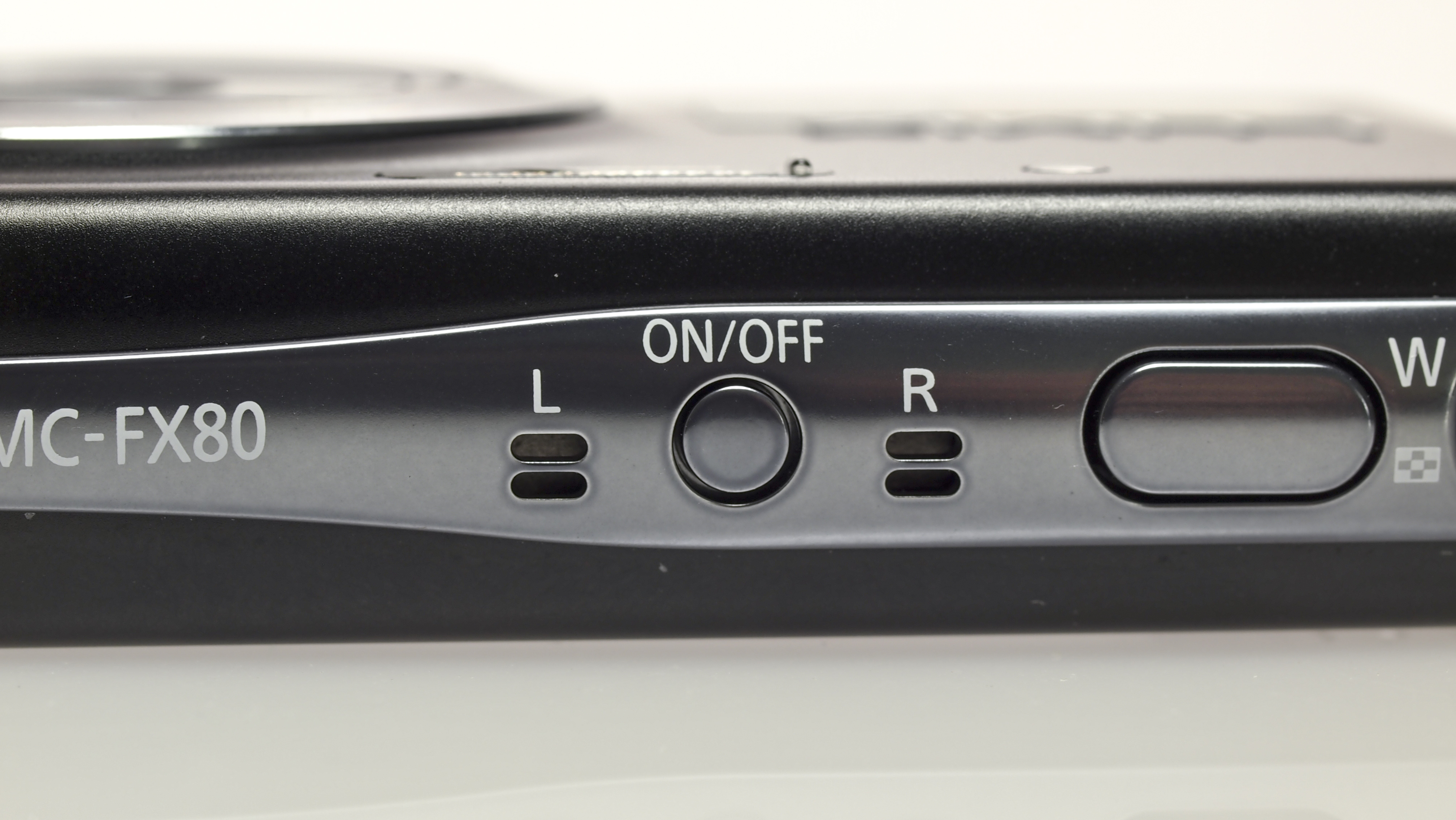
As a touchscreen camera, the Panasonic FX80's body features very few physical controls, with the on/off button positioned on the top of the camera, along with the shutter release and zoom rocker.
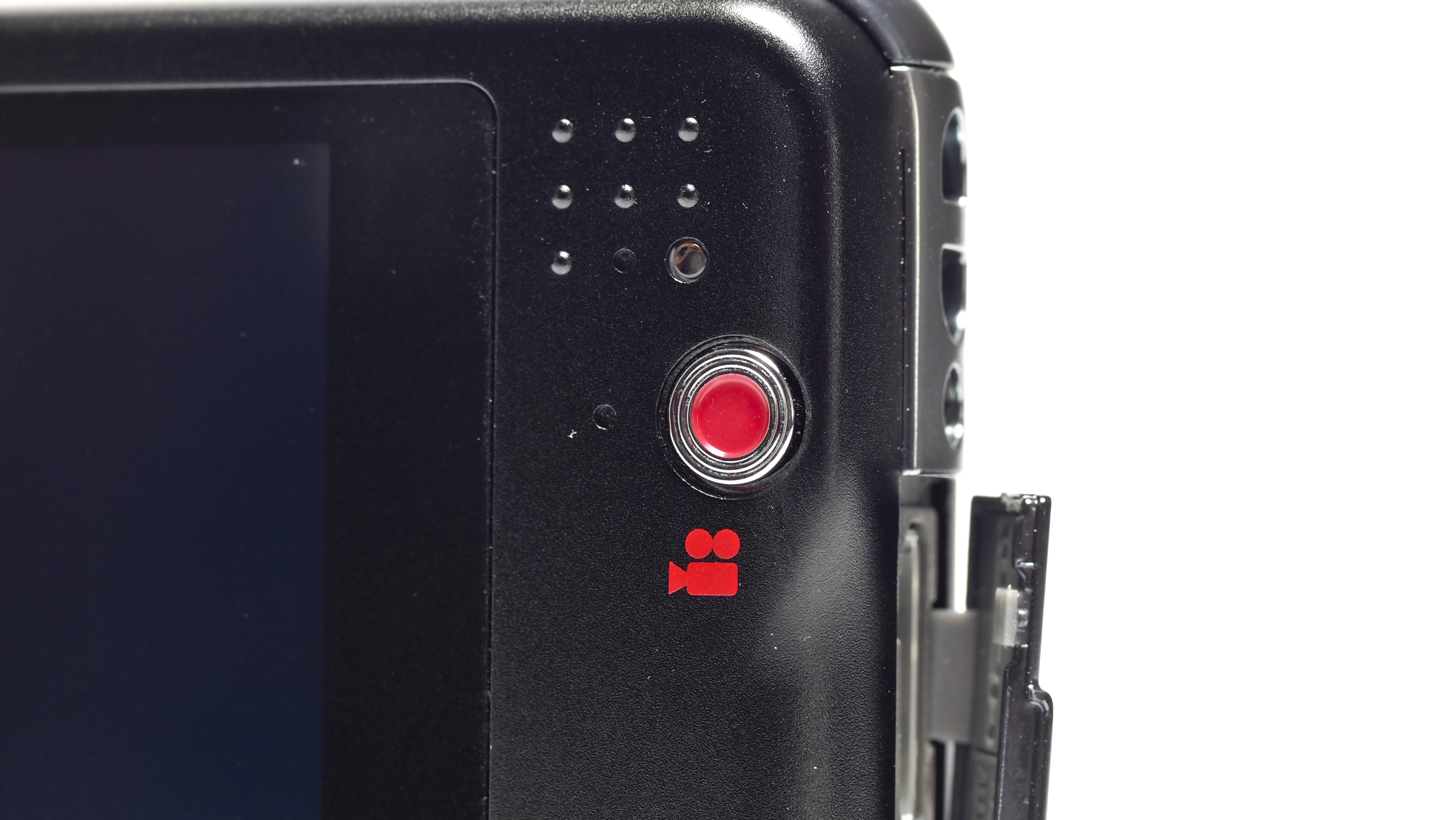
The only other controls are the image playback button and one-touch video record button, which sit to the right of the touchscreen.
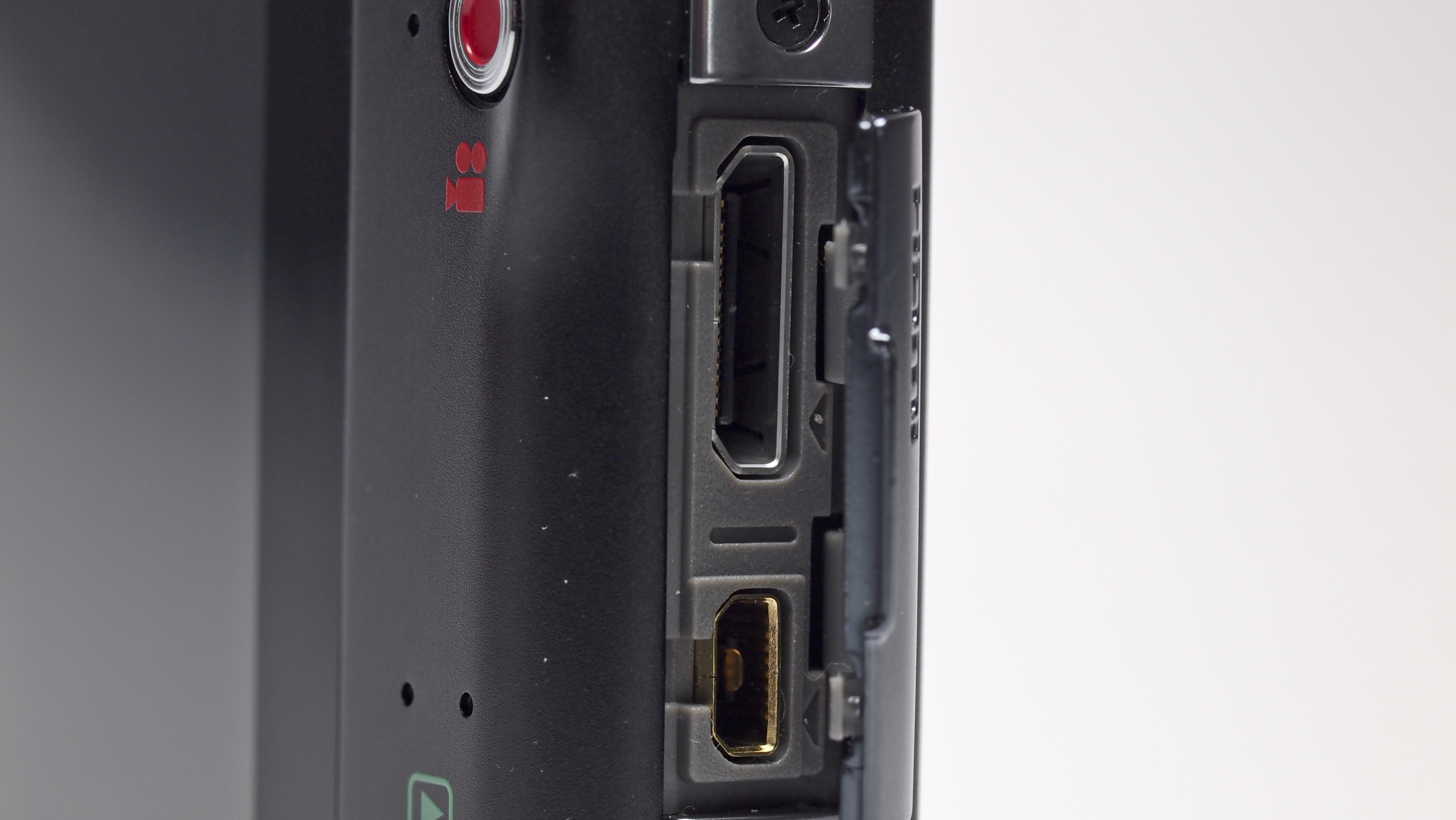
In terms of ports, the bottom of the body houses the memory card and battery, while the side of the camera is home to an HDMI port and A/V-out port. Both port covers feel tough and more than capable of surviving everyday use.
Panasonic Lumix FX80 at a glance
Sensor:
1/2.33-inch CCD sensor
Lens:
24-120mm f2.5-f6.4 Leica DC Vario-Summarit
LCD Screen:
3-inch 230k dot LCD touchscreen
ISO range:
ISO 100-1600, expandable to ISO 1600-6400 at 3MP
Dimensions:
96.3 x 56 x 19.4mm, 131g with battery and SD card
Due to its lack of physical controls, the Panasonic Lumix FX80 is heavily dependent on its touchscreen and on-screen menus, with zooming, selecting where to focus and firing the shutter all controllable through the screen.
The camera's shooting menus are split into six modes; Intelligent Auto; Normal Picture; Creative Control (offering options such as sepia and toy effect); Scene Mode, which offers 15 different modes; 3D Photo; and Cosmetic Mode, where you can alter skin tone and softness.
When in Intelligent Auto, the camera enables you to activate the flash and self-timer. Everything else is controlled by the camera, although you can use the screen to zoom in and out, select where to focus and to fire the shutter.
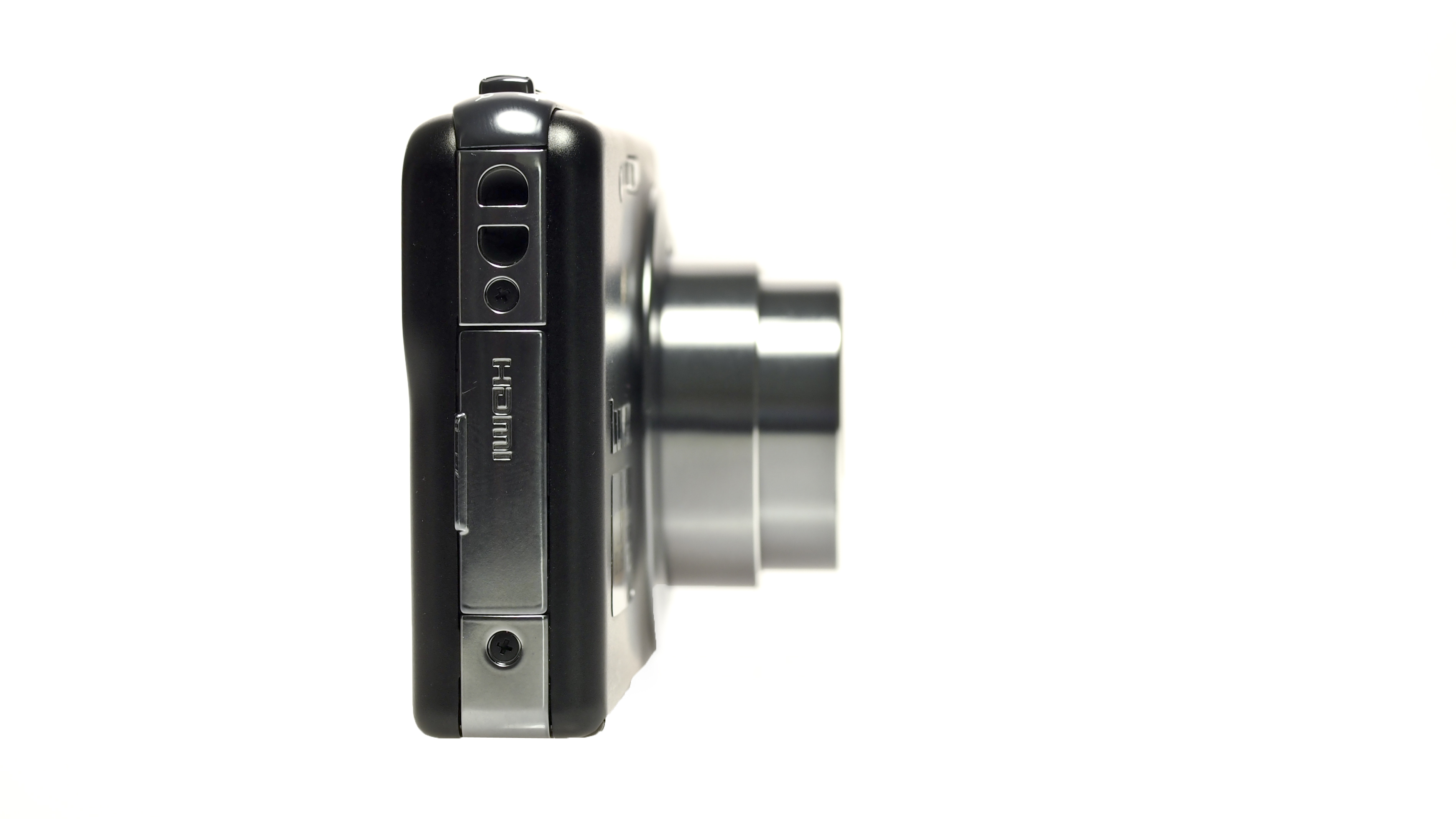
The Normal Picture mode adds exposure compensation and macro focusing to the on-screen options, with all other settings being hidden in the main menu. This makes the camera very easy for novices to use, but if you do want to change the default settings, you have to scroll through different screens in the main menu, which can feel convoluted.
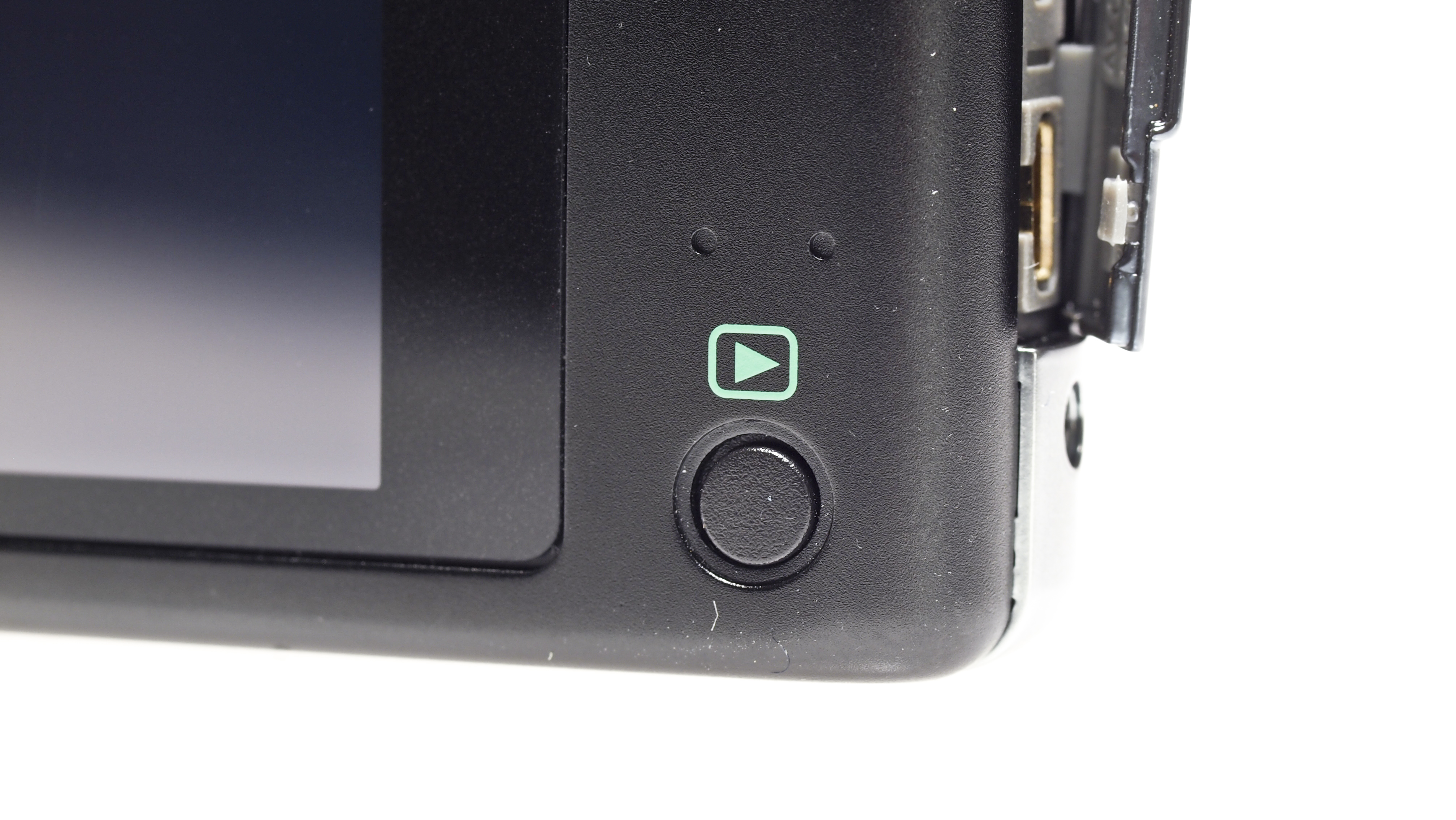
The touchscreen panel is usefully large, at three inches, but isn't as responsive as some other panels, such as the Nikon S4300's screen, and sometimes requires several touches before reacting. It also has a low resolution of 230k dots compared to 460k and 920k panels on many similarly priced compact cameras.
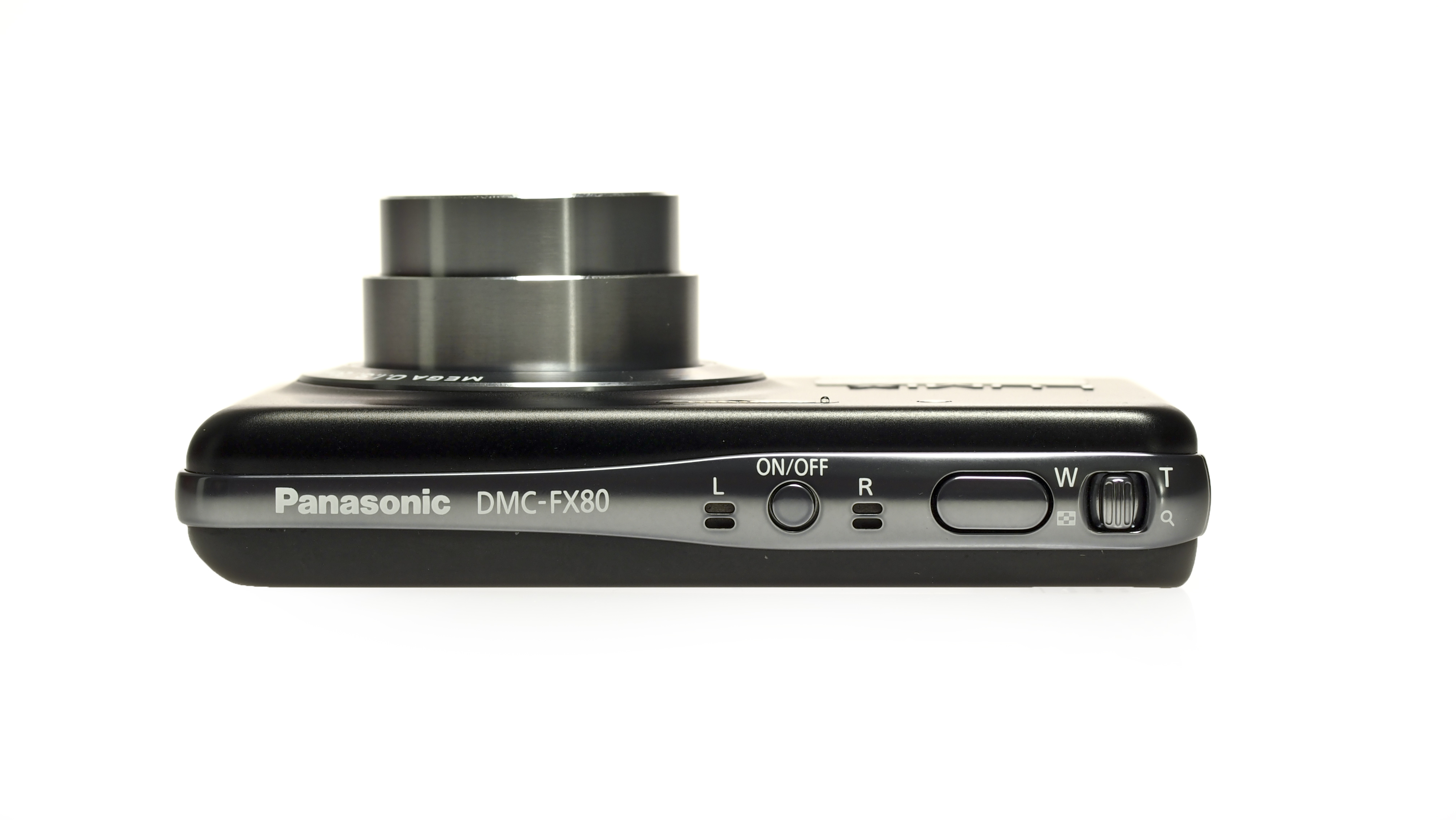
Another issue is that some on-screen buttons are overly small. Allied with the touchscreen shutter, this means that clicks that aren't perfectly aimed can fire the shutter. A further annoyance is that the meaning of some on-screen icons is unclear.
However, as a camera designed for those graduating from a camera phone, the Panasonic Lumix FX80 is simple to use.
